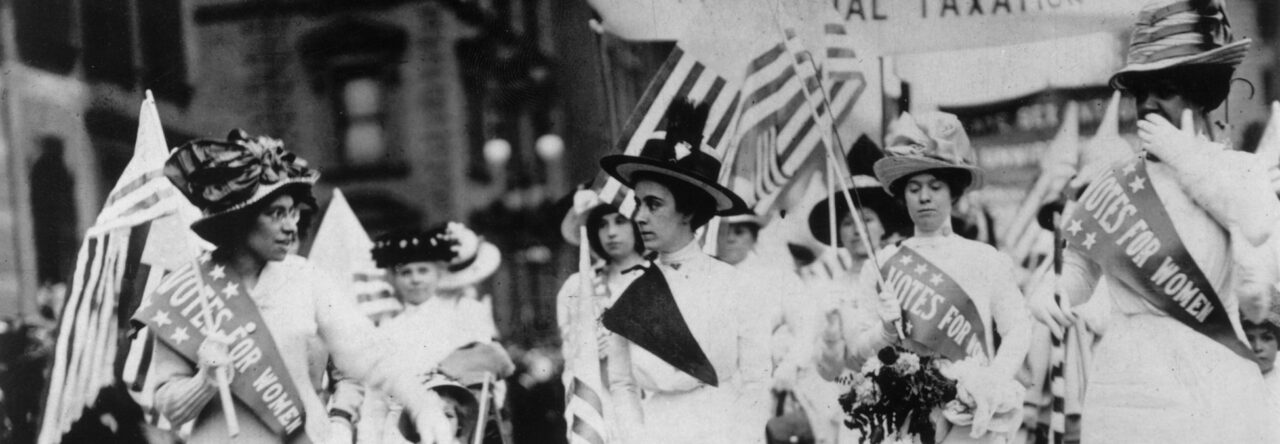The election widely considered the most one-sided in the history of presidential politics coincided with a shift from hereditary politics. Mass political student organizing ascended in 1936. But such a surge didn’t necessarily correlate with Franklin Delano Roosevelt’s decisive victory over Alf Landon, the Republican Governor of Kansas. Instead, students rallied behind Norman Thomas, the Socialist candidate. During the American Left’s peak years (1936-39), the movement mobilized at least 500,000 collegians—roughly half of the American student body. In unprecedented numbers, female students were leaving the ideologically conservative party of their parents to join Thomas’s Socialist movement.
During the Great Depression, the majority of female students came from conservative middle-class families. Yet cultural changes caused students to stray from their parents’ conservative values. A study of college students’ social attitudes in 1936 found that many began to adopt a more liberal mindset, and accept dispositions formerly forbidden. Social changes such as “a decline in religious interest,” and “the lifting of taboos among women on sex attraction” caused women to reevaluate their beliefs. Such changes had repercussions on the political sphere leading up to Election Day.
A 1935 autobiographical sketch by Alice Dodge revealed that despite her conservative upbringing, she ultimately joined the Socialist organization, Student League for Industrial Democracy. Her father nearly always voted Republican, as did her mother to display loyalty to her husband. Yet, Alice did not share the same compulsions as her mother. “One by one my parents have seen their four daughters emerge from Vassar no longer Republicans,” Alice explained, saying she personally “belongs to the Socialist Party.”
November 3, 1936, Election Day, signified a sharp shift in inherited politics. In a letter to the editor in LIFE magazine, a female voter reflected on the rise of student momentum. “The first time, in 1932, I voted for [Herbert] Hoover because my mother did,” she said, yet, “the second time, in 1936, I voted for Norman Thomas because at that time I was in a fever of youthful zeal to change the world overnight.”
In hindsight, it is easy to correlate Roosevelt’s triumph with student organizing in the 1930s. However, Roosevelt was not the candidate who galvanized students in ’36. And since Roosevelt became the first Democratic presidential candidate in more than a decade to capture the majority of student voters—48.3 percent—it’s natural to associate him with the mass student movement. This assumption is flawed.
Although Thomas only received 187,720 votes, his ability to mobilize students had a symbolic impact. In a letter to the editor of The New York Times the day after the election, one voter expressed fear of the sudden influx of Socialist views at the College of the City of New York. “When one considers,” he argued, “that Mr. Thomas got 261 from a total of 2,233 votes, it can be well realized that the charge of communism and socialism today is well founded.”
Thomas agreed, and when he was notified of Roosevelt’s overwhelming win, he said, “never was our Socialist message more necessary than today.” The student movement during the mid-1930s served as a precursor to the anti-war student movement of the 1960s. Norman Thomas attributed his 1936 loss to the fact that “too often we vote our fears, not our hopes.” However, the 1936 election signified the moment that many college students began to vote with their hopes, by proving they did fear leaving the party of their parents.


Leave a Reply
You must be logged in to post a comment.